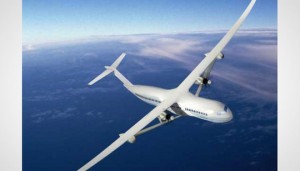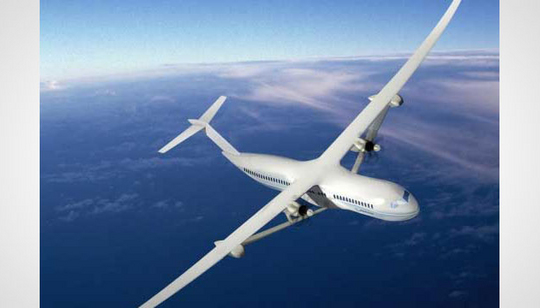An airplane design called the “Sugar Volt” may be in production from Boeing and flying the friendly skies between 2030 and 2050 using a a hybrid engine running on liquefied natural gas (LNG) and electricity. After each flight the airplane would plug in to recharge. In flight the airplane would minimally draw from the LNG engine switching over to electric power.
Sugar is an acronym that stands for Subsonic Ultra-Green Aircraft Research. How does a hybrid aircraft work? When power is needed most such as during take off and climbing to cruising altitude the LNG engine would do the lion share of the work. Once at cruising level the electrical engine would provide supplementary power to the engines and would power the internal operations of the aircraft. Excess power from the LNG engine could be used to recharge the electric engine while in flight. A hybrid engine would reduce fuel consumption by as much as 70% when compared to the current industry workhorse from Boeing, its 737.
Hybrid technology would produce a much quieter environment for passengers and flight crew. On the ground the airplane would have the appearance of an albatross with much longer wings than current aircraft. The wingspan would give it greater lift and a better drag coefficient so that it could take off on short runways.
It would also be built of the types of materials that Boeing is currently developing in the Dreamliner. The Sugar Volt will be designed with foldable wings so that it can fit into current airport gate infrastructure despite its wingspan. The remaining issue concerns airport infrastructure as well, building capacity and capability to store and fuel airplanes with LNG, and of course creating those plug in outlets for recharging.
The concept for Sugar Volt came out of a NASA initiative, N-3, focused on rethinking subsonic and supersonic aircraft design to address materials, energy and environmental sustainability.









